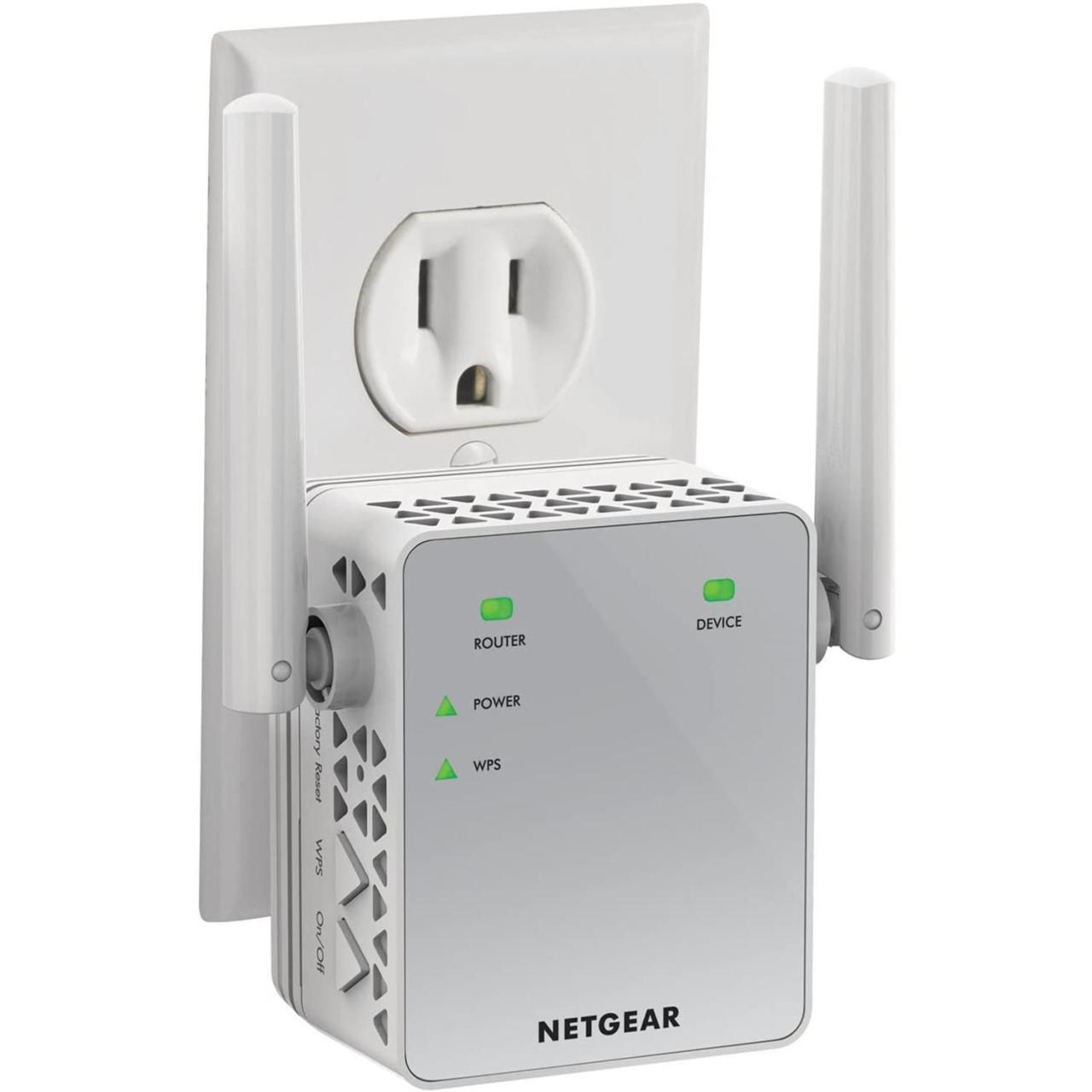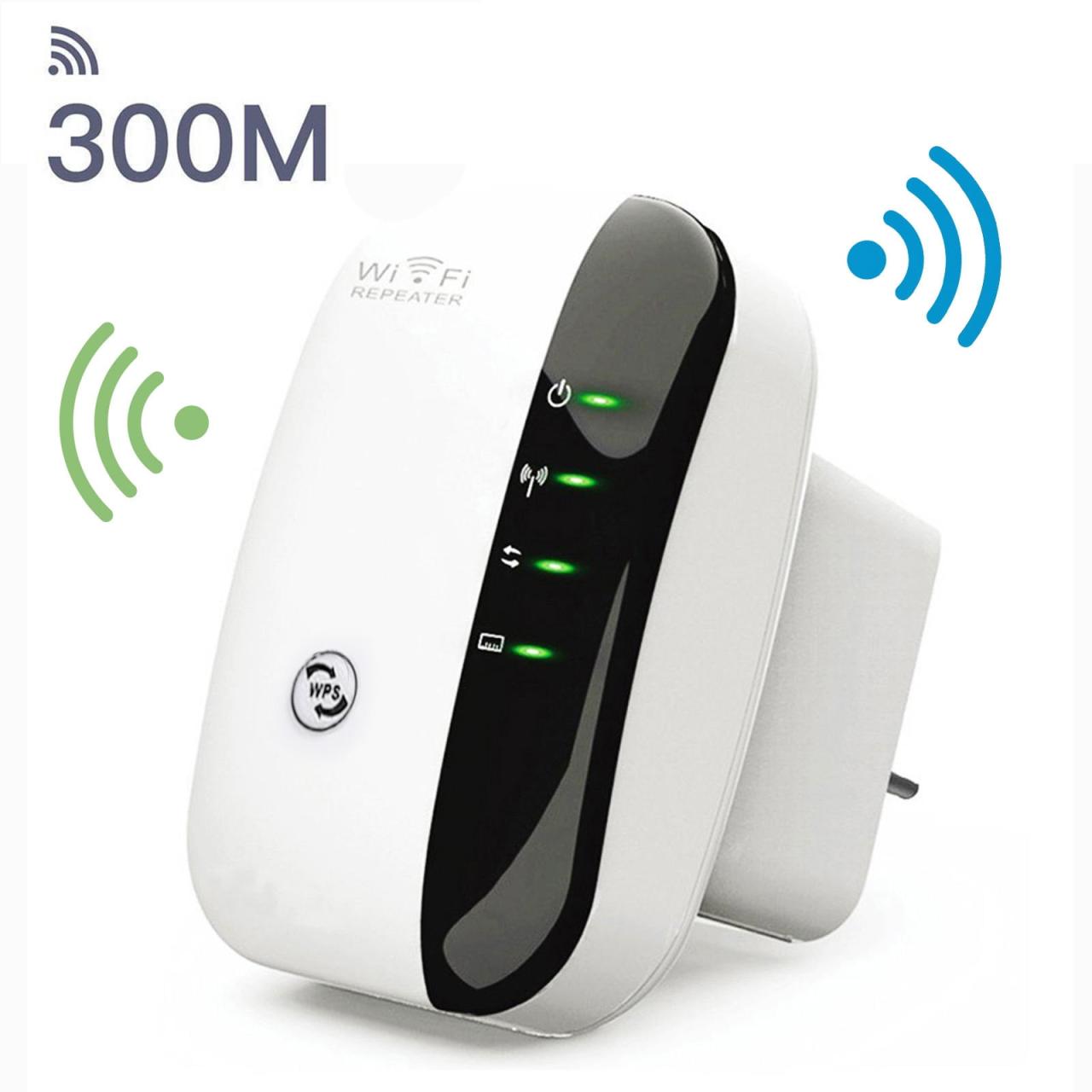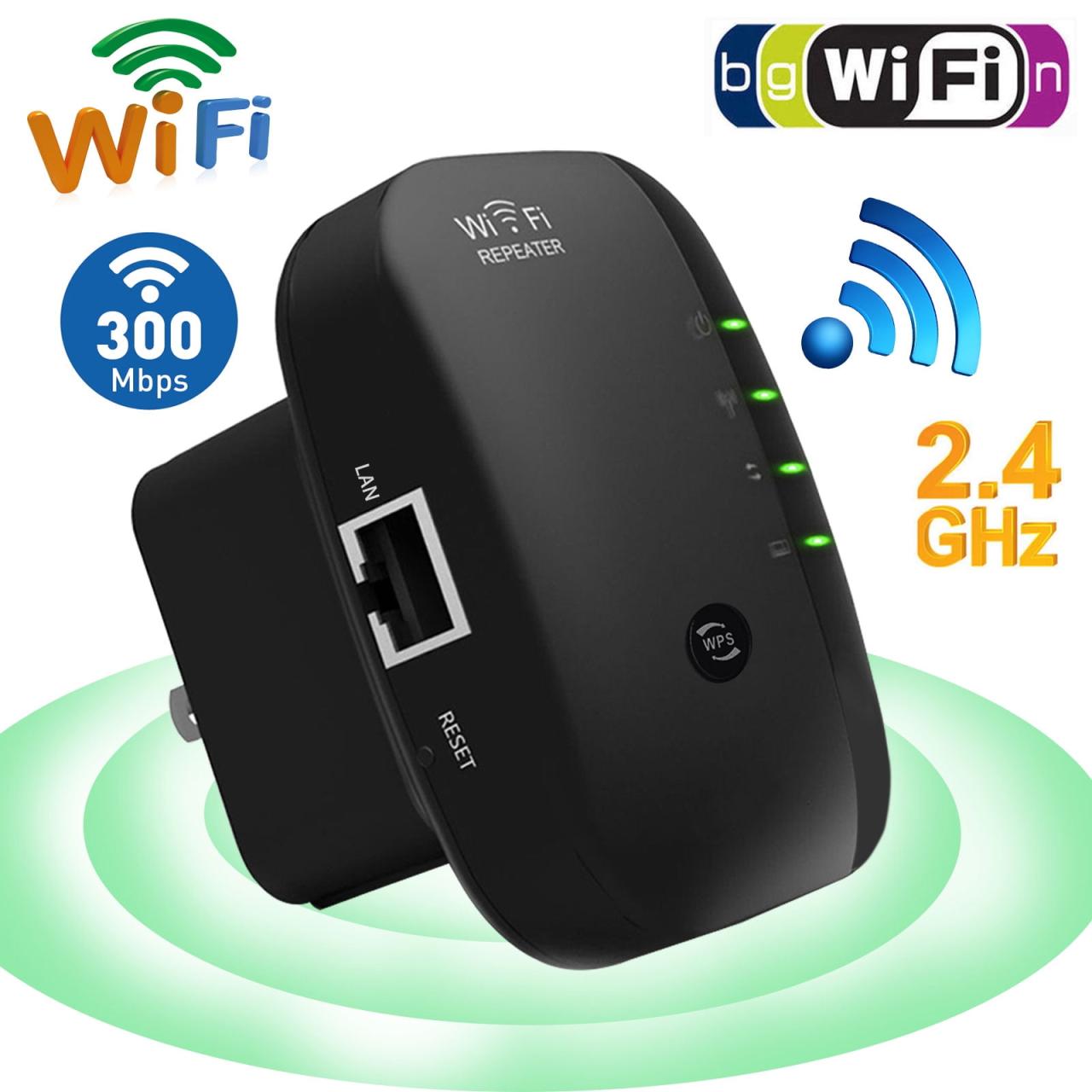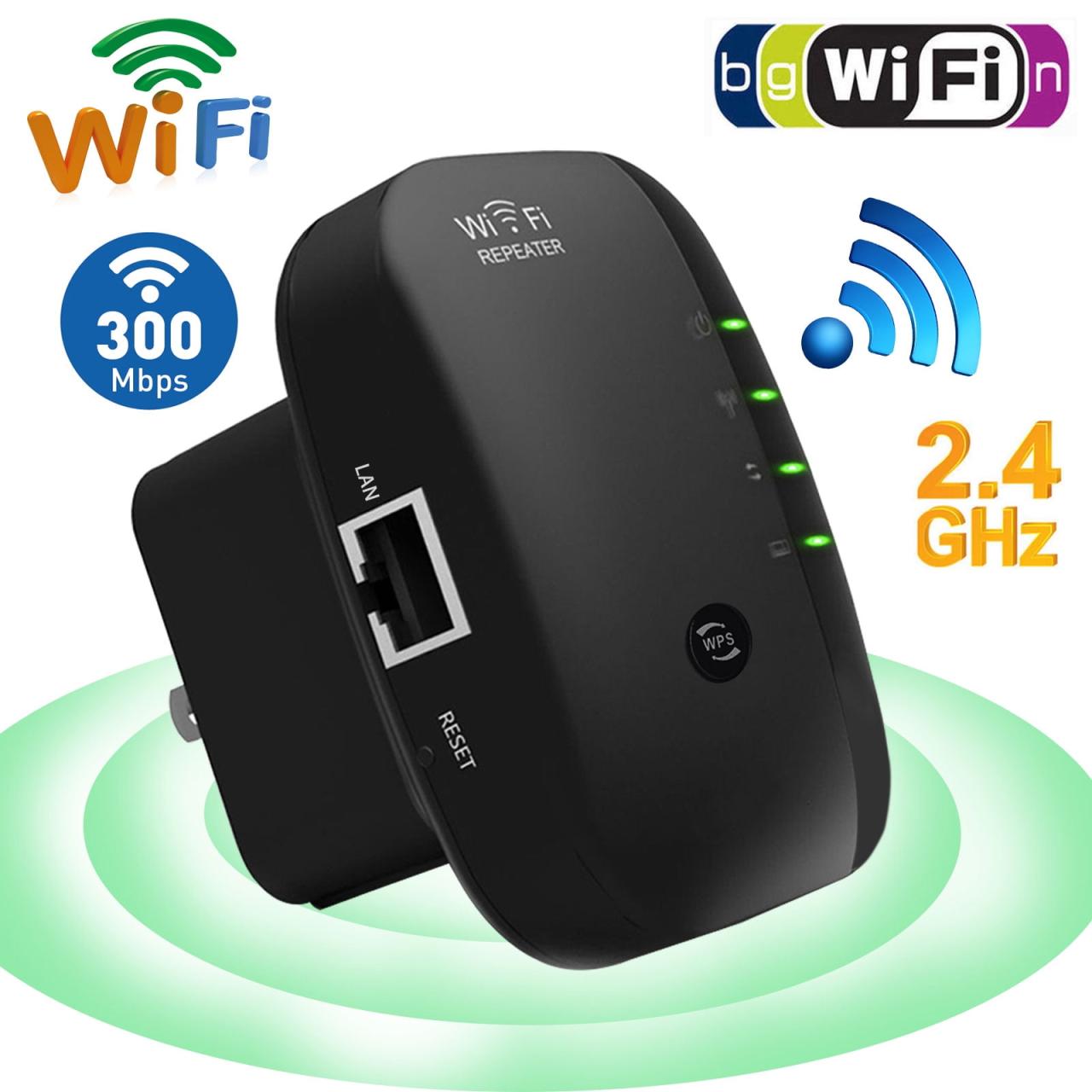Amplificateur Wifi, or Wi-Fi extender in English, is your solution for dead zones and weak signals. Imagine a home where every room enjoys a strong, reliable connection, free from frustrating buffering and dropped calls. This guide will walk you through choosing, setting up, and maximizing the performance of your wifi amplifier, transforming your home network from a frustrating experience into a seamless, high-speed connection.
We’ll cover everything from understanding the different types of amplifiers (range extenders, powerline adapters, mesh systems) to optimizing placement for maximum signal strength. Learn to troubleshoot common issues and even delve into the technical specifications that determine an amplifier’s performance. By the end, you’ll be a Wi-Fi expert, equipped to conquer any connectivity challenge.
Understanding “Amplificateur Wifi”
A wifi amplifier, often called a range extender or repeater, boosts your existing Wi-Fi signal to reach areas where it’s weak or unavailable. This improves internet access in hard-to-reach spots within your home or office. Several types exist, each with its strengths and weaknesses.
Wifi Amplifier Functions
The primary function of a wifi amplifier is to receive a weak Wi-Fi signal from your router, amplify it, and retransmit it, extending the reach of your network. This allows devices further away from the router to connect with stronger, more reliable signals.
Types of Wifi Amplifiers
There are several types of wifi amplifiers, each with a different approach to signal extension:
- Range Extenders: These receive the Wi-Fi signal from your router, amplify it, and broadcast a new network with the same SSID (network name) or a different one. They’re relatively easy to set up but can sometimes reduce overall network speed.
- Powerline Adapters: These use your home’s electrical wiring to transmit the internet signal. One adapter plugs into your router, and another plugs into a power outlet in a distant location. They offer good performance but can be sensitive to electrical noise.
- Mesh Systems: These consist of multiple interconnected nodes that work together to create a seamless Wi-Fi network across your home. They offer the best performance and coverage but are generally more expensive.
Comparing Amplifier Technologies, Amplificateur wifi
The choice between range extenders, powerline adapters, and mesh systems depends on factors like your home’s layout, the number of devices you need to connect, and your budget. Mesh systems generally offer the best performance and coverage but come at a higher price point. Powerline adapters are a good option if you have a wired network already, while range extenders are the most budget-friendly solution but might have performance trade-offs.
Wifi Amplifier Use Cases
Wifi amplifiers are useful in various situations:
- Extending Wi-Fi coverage to a detached garage or garden.
- Improving signal strength in areas with thick walls or interference.
- Providing better Wi-Fi access for devices in a large home.
- Eliminating dead zones in your Wi-Fi network.
Choosing the Right Wifi Amplifier: Amplificateur Wifi

Selecting the appropriate wifi amplifier requires considering several factors. A decision tree and comparison table can aid in this process.
Decision Tree for Wifi Amplifier Selection
A decision tree would start by asking about home size (small, medium, large). Then, the number of devices connected (few, many). Finally, the desired internet speed (low, medium, high). Based on these answers, the tree would recommend a range extender (small home, few devices, low speed), powerline adapter (medium home, many devices, medium speed), or mesh system (large home, many devices, high speed).
So you’re looking at getting a wifi extender, an amplificateur wifi, to boost your signal? That’s smart! Good range is crucial, especially if you’re flying something like the e88 drone , which needs a strong connection for smooth video streaming. A strong wifi signal will ensure you get the best possible experience with your drone and keep that connection solid, so grab a good wifi amplifier to avoid any dropouts.
This is a simplified example; real-world decisions involve more nuanced factors.
Wifi Amplifier Model Comparison
This table provides a simplified comparison; actual specifications vary significantly by model and manufacturer.
| Model | Range (approx. m) | Speed (approx. Mbps) | Price (approx. USD) |
|---|---|---|---|
| TP-Link RE200 | 30 | 300 | 25 |
| Netgear EX7500 | 50 | 1750 | 70 |
| Google Wifi (single unit) | 100 | 1200 | 120 |
| Linksys Velop (single unit) | 100 | 1300 | 150 |
Factors Influencing Wifi Amplifier Price

Price is determined by several factors, including range, speed, features (e.g., MU-MIMO, beamforming), technology used (range extender, powerline, mesh), and brand reputation. Mesh systems, offering broader coverage and advanced features, command higher prices.
Optimizing Wifi Amplifier Placement

Optimal placement is crucial for maximizing signal strength. Avoid placing the amplifier in areas with significant obstructions (thick walls, metal objects). The ideal location is centrally positioned and midway between the router and the area requiring extended coverage. Experiment with different locations to find the best signal.
So, you’re thinking about getting a wifi amplifier to boost your signal? A strong connection is crucial, especially if you’re into tech. Imagine the chaos if your drone’s connection dropped – like in that crazy drone crash paris incident! A reliable wifi amplifier can prevent similar mishaps with your own devices, ensuring smooth operation and preventing frustrating signal drops.
Get that wifi working perfectly!
Setting Up and Using a Wifi Amplifier
Setting up and using a wifi amplifier involves several steps, along with troubleshooting common issues and addressing security concerns.
Step-by-Step Setup
A typical setup involves connecting the amplifier to an existing Wi-Fi network using the amplifier’s web interface or a mobile app. This often involves finding the amplifier’s network name, connecting to it, and then configuring it to extend the existing network. Specific instructions vary by manufacturer and model.
Troubleshooting Connectivity Issues
Common issues include weak signals, dropped connections, or slow speeds. Troubleshooting involves checking the amplifier’s placement, ensuring proper power, restarting the router and amplifier, and verifying network settings. If problems persist, consulting the manufacturer’s support documentation is recommended.
Configuring Security Settings
Security settings on a wifi amplifier should mirror those of the main router. This typically involves using WPA2 or WPA3 encryption and a strong password. Changing the default SSID (network name) and password is essential for enhanced security.
Security Risks and Mitigation
Using a wifi amplifier introduces potential security risks, such as unauthorized access if security settings are weak or not configured correctly. Using strong passwords, keeping the firmware updated, and regularly checking for vulnerabilities can mitigate these risks.
Advanced Wifi Amplifier Concepts
Understanding technical specifications and factors affecting performance is key to choosing and using a wifi amplifier effectively.
Technical Specifications Determining Performance

Key specifications include frequency bands (2.4 GHz and/or 5 GHz), power output (measured in dBm), and antenna type (internal or external, and the number of antennas). Higher power output and multiple antennas generally improve performance, as do dual-band (2.4 GHz and 5 GHz) capabilities.
Factors Affecting Wifi Amplifier Performance
Various factors influence performance. These include interference from other devices (microwaves, cordless phones), building materials (concrete, metal), distance from the router, and the number of devices connected.
Comparison of Wifi Amplifier Antenna Types
Different antenna types affect signal directionality and range. Omnidirectional antennas radiate signals in all directions, while directional antennas focus the signal in a specific direction. The choice depends on the specific application and the desired coverage area. Multiple antennas (MIMO) allow for faster speeds and improved reliability.
Benefits and Drawbacks of Wifi Amplifier Technologies
| Technology | Advantages | Disadvantages | Best Use Cases |
|---|---|---|---|
| Range Extender | Easy setup, affordable | Can reduce speed, potential for interference | Small homes, budget-conscious users |
| Powerline Adapter | Good performance, uses existing wiring | Sensitive to electrical noise, requires power outlets | Homes with existing wired network |
| Mesh System | Best performance, seamless coverage | Expensive, more complex setup | Large homes, users with many devices |
Visual Representation of Wifi Signal Strength
Visualizing wifi signal strength before and after amplification aids in understanding the amplifier’s impact.
Visualizing Wifi Signal Strength
Signal strength can be represented using a heatmap, where warmer colors (red, orange) indicate stronger signals, and cooler colors (blue, green) indicate weaker signals. Before amplification, a heatmap might show a strong signal near the router, gradually weakening as distance increases. After amplification, the heatmap should show an extension of the stronger signal area into previously weak areas.
So you’re looking at wifi extenders, or “amplificateur wifi” as they say in French? Getting a strong signal is key, especially if you’re flying drones. Before you take to the skies, though, remember to check the requirements for a drone pilot license canada , as regulations vary. A solid wifi connection will help with your drone’s live feed, but a valid license is essential for safe and legal operation.
Back to those wifi boosters – make sure you get one with good range for optimal drone control!
Illustrating Optimal Wifi Amplifier Placement
An illustration should show the home’s layout, the router’s location, and the areas with weak wifi signals. The optimal amplifier placement should be clearly indicated, ideally midway between the router and the area requiring improved coverage, taking into account potential obstructions.
Closure
A strong Wi-Fi signal shouldn’t be a luxury; it’s a necessity in today’s connected world. By understanding the nuances of wifi amplifiers and applying the tips and tricks Artikeld in this guide, you can dramatically improve your home network’s performance. Say goodbye to frustrating dead zones and hello to a consistently strong and reliable connection—enjoy the benefits of a truly optimized home network!
Query Resolution
How far can a Wi-Fi amplifier extend my network?
The range depends on the amplifier’s power, the type of amplifier, and environmental factors. Expect a significant improvement, but the actual range varies greatly.
Will a Wi-Fi amplifier slow down my internet speed?
It can slightly reduce speeds, as the signal is retransmitted. Choose a high-speed amplifier to minimize this effect. A mesh system generally offers the best speed consistency.
Do I need to configure my router differently when using a Wi-Fi amplifier?
Usually, you’ll need to connect the amplifier to your existing Wi-Fi network, often via a simple setup process guided by the amplifier’s instructions. Some advanced configurations may be needed depending on the amplifier type.
What happens if I place my Wi-Fi amplifier too close to my router?
It may not improve the signal much, and could even cause interference. Ideally, place it in a location that extends the network to a previously weak area.
